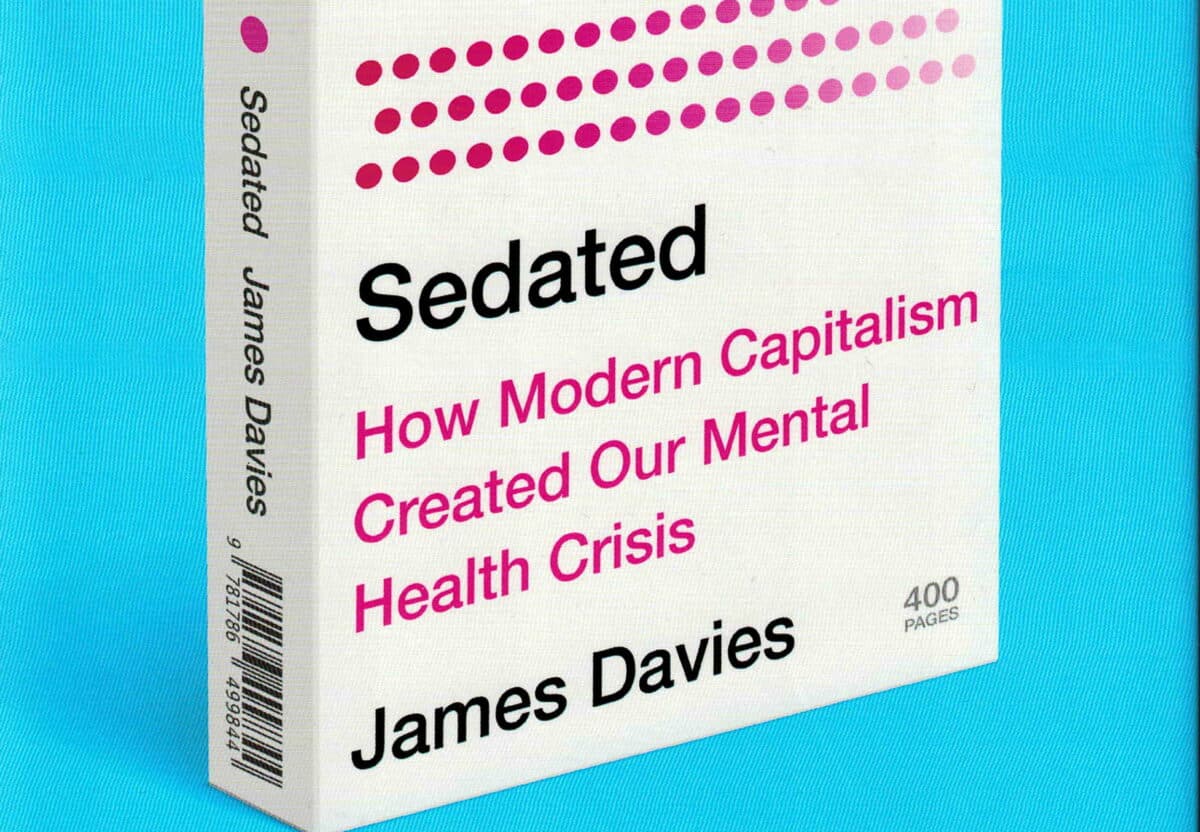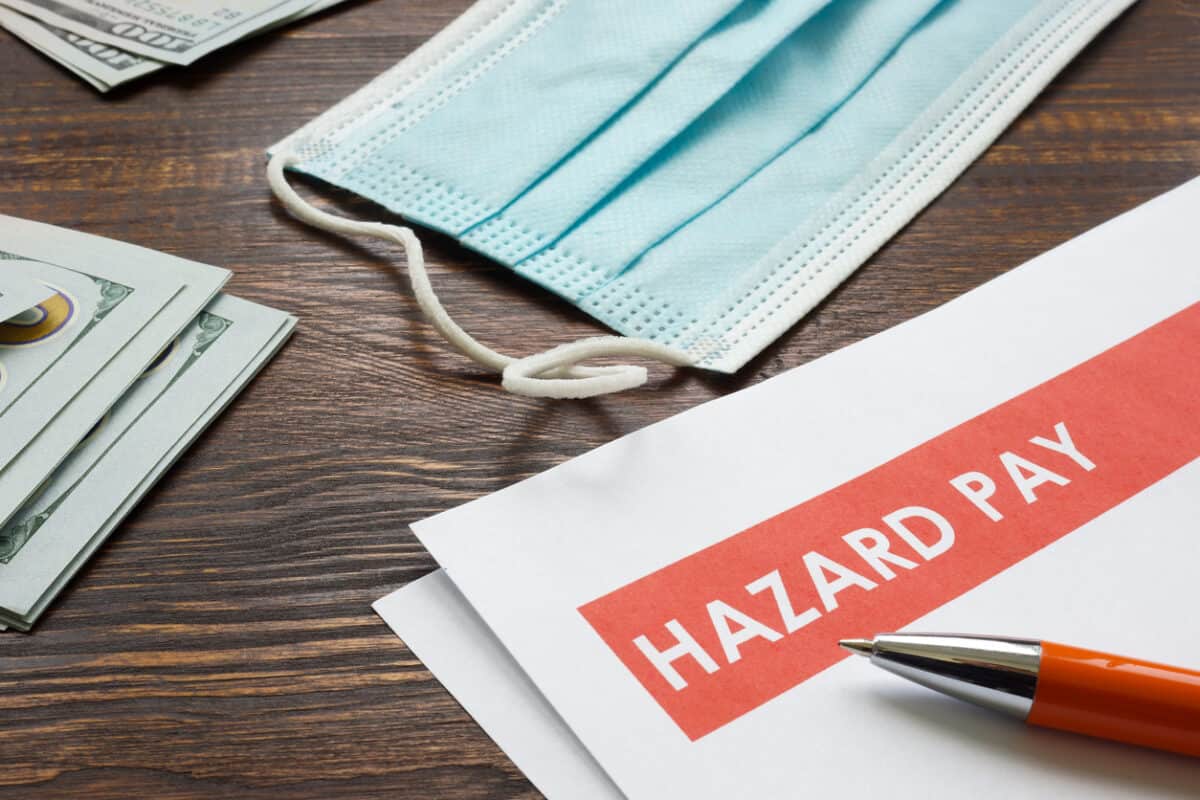The recent HR/OHS article was an article originally intended to link to International Women’s Day regarding “female” business roles and influence. Coincidentally my social media feeds popped up a 2015 article from the Harvard Business Review entitled “Why We Love to Hate HR…and What HR Can Do About It“.
The author, Peter Capelli, reminds us that in the 19950s and 1960s Personnel Management was considered “the most glamourous area in business by executives” as it was considered integral to developing the business. Human Resources changed when an increasing number of managers were appointed from outside the organisation and the “full employment” of the 1970s reduced the perceived need for powerful HR departments. The HR role was reduced to essential services of hiring and retention.
Capelli suggested two strategies to regain influence, which are equally relevant to the occupational health and safety (OHS) professional:







